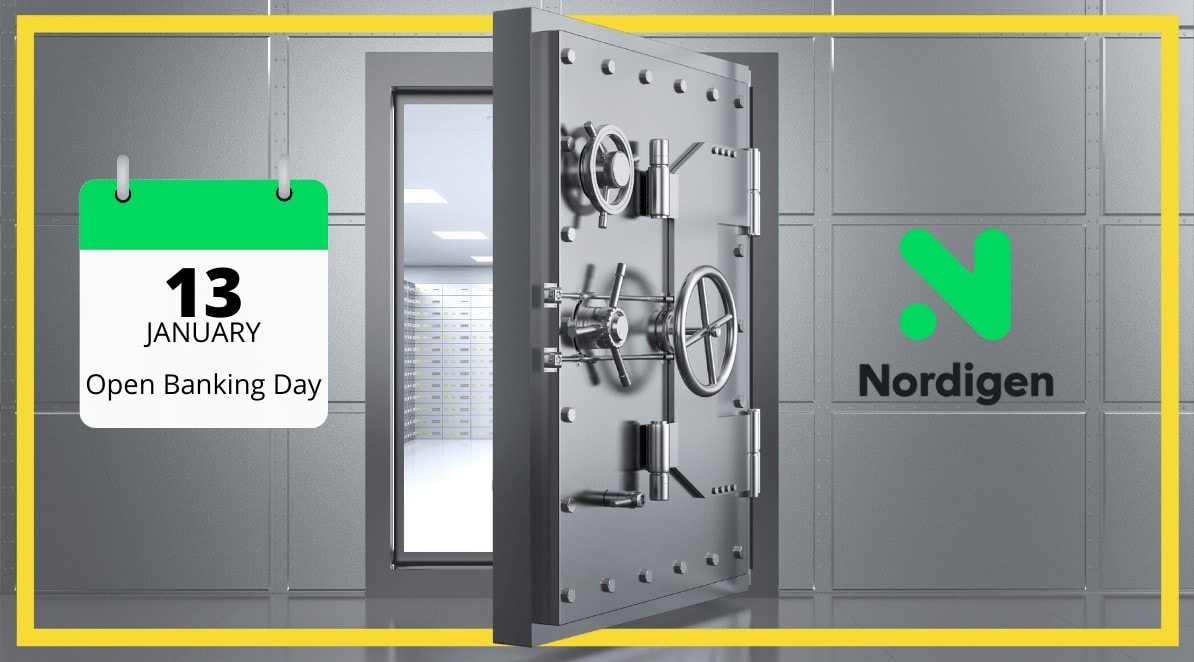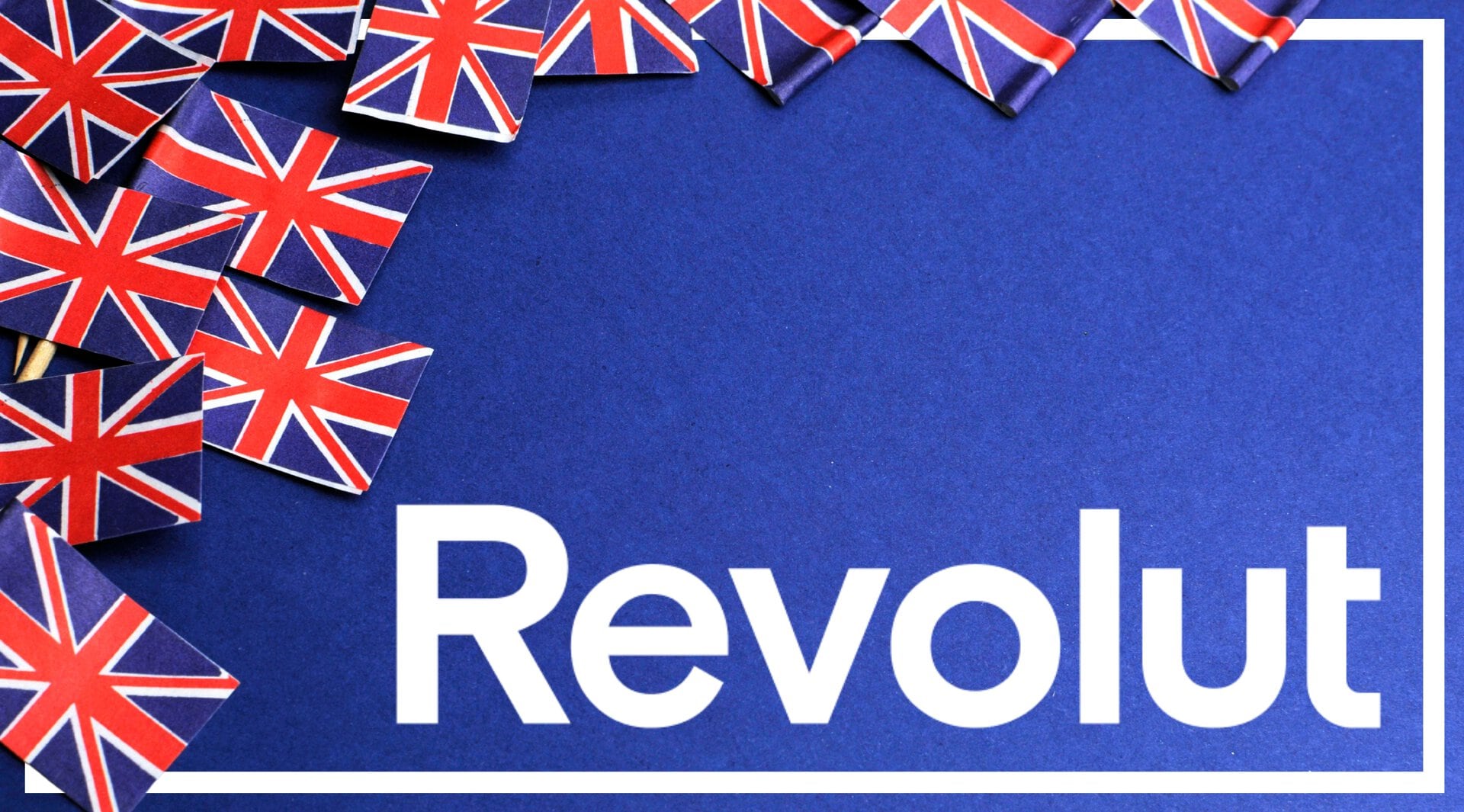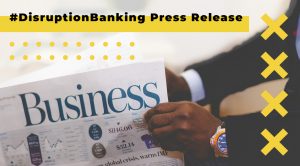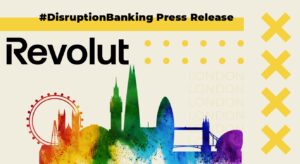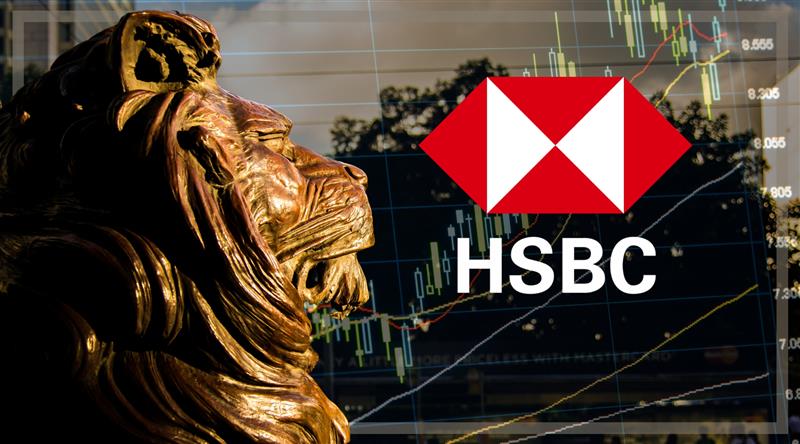By Rolands Mesters, CEO and co-founder of Nordigen
Today, we celebrate four years of open banking in the UK. Over these last few years the innovative practice has brought us more control over financial information, a plethora of apps and services that would fall flat without open data sharing, and an endless supply of opportunities to take finance further. It is only fair that on the anniversary of open banking, we reminisce on how far we’ve come, where we are now and what the future holds.
The history of open banking
The beginning of open banking can be traced back to the 1980s with Deutche Bundespost’s experiment, with what is known as the first emergence of the self-service banking machine. The study invited approximately 2,000 participants to take part in online fund transfers and ultimately led to the creation of the Home Banking Computer Interface (HBCI) in 1998 and Financial Transaction Services (FinTS) in 2002.
Many years and financial innovations later, open banking the way we know it today is the direct result of the PSD2 directive, implemented by the European Commission. Expanding on the initial PSD1 regulation of 2007, the latest version focused on setting up a more integrated and efficient European payments market, as well as helping level the playing field for payment service providers. Over the next few years, PSD2 made it easier for new market entrants and third party providers to enter the industry, improve their product offerings, and increase competition within the sector. Open banking paved the way for many innovative financial solutions and has grown in user adoption and popularity of use, bringing us to 2022.
Open banking now
Open banking has continued growing across various markets over the last few years, propelled by customers’ desires for digital products and services, and natural modernisation of the banking industry. The pandemic has also played a large role in highlighting possibilities for remote solutions. Customers are increasingly using fintech applications and BNPL services instead of physical bank cards to make payments and purchases online. Consumers are deciding to incorporate fintech solutions into their everyday life on a regular basis, utilising them to manage their money, trade assets, create budgets, and make payments, among other things. Businesses are also benefiting from the convenience provided by open banking, with use cases consistently growing, bringing new ways to automate, streamline processes and save time.
By integrating and aggregating bank accounts, open banking allows individuals to take ownership of their data while also simplifying their banking and financial processes. From here on out there is no option of going back to a more closed way of banking, as many emerging applications, such as lending and BNPL services, would no longer exist in the same way. Open banking is creating new services, ways of interacting with finances and opportunities for new fintechs, and this trend is sure to continue.
Europe in the lead
Europe has been leading the way for regulated open banking, fuelled by active regulator involvement, rapid development of technological infrastructures and significant funding in the region. The European fintech sector has exploded, with adoption rates above the global average with the United Kingdom, the Netherlands, Germany, Switzerland, and Sweden leading the way. Following Europe, North America has been adopting fintech trends, with approximately 90% of US nationals using fintech applications to manage finances in 2021, almost doubling numbers from 2020. General fintech adoption has been the catalyst for quiet open banking adoption, with around 80% of Canadian and US customers using open banking solutions to link their bank accounts to third party financial service providers.
Open banking in the next 4 years
Open banking will continue to grow and revolutionise the financial industry. PSD2, the directive that fueled the growth of open banking, helped introduce new financial third party service providers and allowed the industry to be more competitive, methodically dismantling the existing bank monopoly. In the future, open banking will secure an equal position for banking solutions and fintech services.
The industry will continue to grow, with Allied Market Research predicting that the global open banking market will reach $43.15 billion by 2026. The number of users will more than double globally, with open banking becoming the generally accepted norm within the industry.
Banking will continue to shift into the digital realm, removing the need for paper bank documents, instead relying on open banking for income and identity verification, as well as credit checks. This will streamline processes across the board, removing unnecessary procedures.
Open banking will seep into other industries to a larger extent, entering the world of retail investment, web3 and retail banking, utilising its convenient features for transferring greater monetary sums with less cost and friction. In addition, as the number of open banking payment providers grow, freemium business models will arise among “Pay by Bank” providers.
In 2022, we are fully set for open banking to continue taking over the financing world and bring new opportunities and players into the industry. As years pass, we will see it develop, grow and make more waves, further changing the way customers and businesses interact with financial programs and data. We are prepared to aid open banking’s development from our side, helping democratise access to financial data and take down barriers for entry for small and medium sized enterprises.
About the author
Rolands Mesters is the CEO and co-founder of Nordigen, the only freemium open banking API that connects to more than 2,100 banks making it the largest network of bank connections in Europe. Rolands is a sales and growth hacker who is passionate about fintech and alternative lending. Nordigen began as a data analytics company that builds solutions for categorising and analysing bank account data. In December 2020, the company launched Europe’s first free open banking account data API. Rolands has been featured in the Forbes Latvia 30 Under 30 list as well as being featured in TechCrunch, Sifted, and the Financial Times. Rolands regularly shares fintech insights and analysis on open banking at top international fintech events, and is considered one of the foremost experts on open banking worldwide.
Author: Rolands Mesters
#OpenBanking #Innovation #PSD2 #Fintech #BNPL #Web3 #APIs #Data


